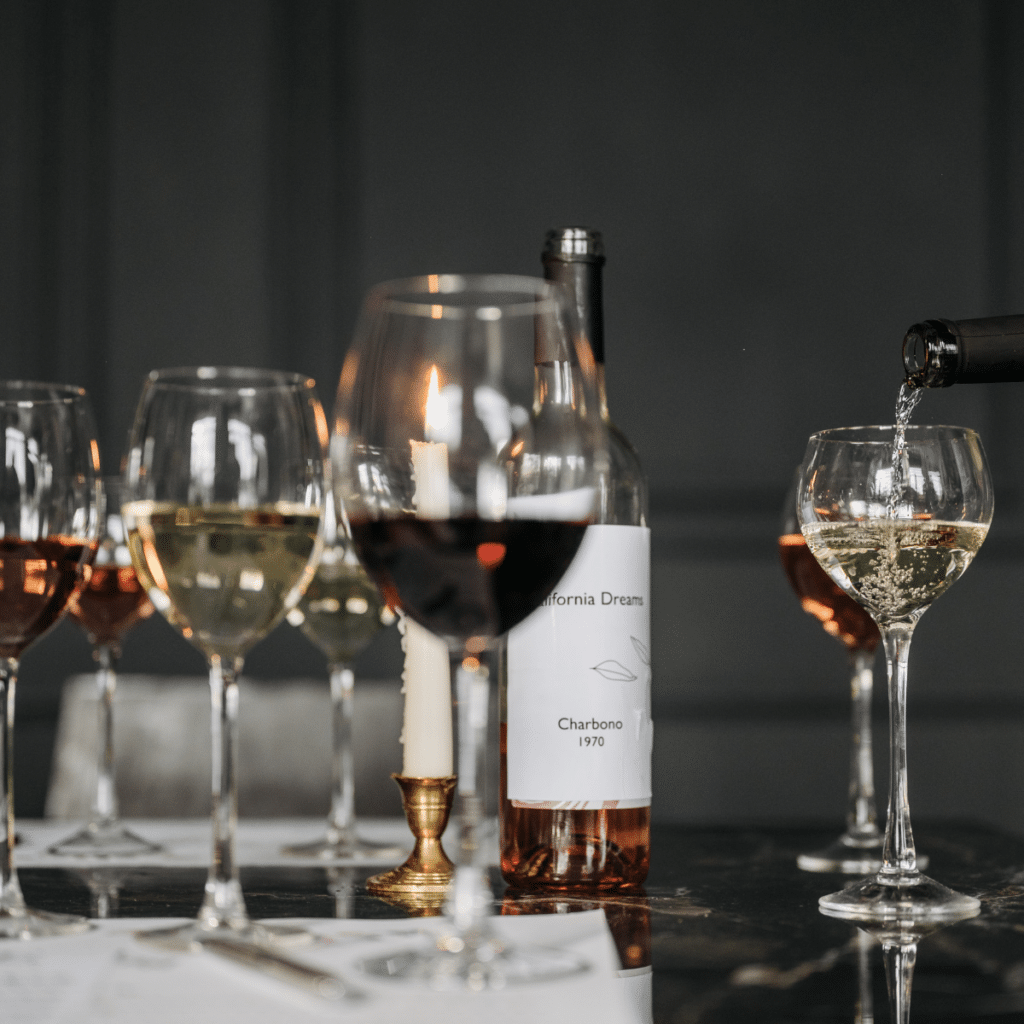Châteauneuf-du-Pape, the illustrious wine region in the southern Rhône Valley of France, is renowned for producing some of the world’s most prestigious and complex red wines. These wines, predominantly made from a blend of grape varieties, offer a rich tapestry of flavors, aromas, and textures that make them highly sought after by wine connoisseurs.
However, to truly appreciate the beauty of Châteauneuf-du-Pape wines, one must pair them with food thoughtfully. In this article, we will explore the perfect food pairings for Châteauneuf-du-Pape wines, guided by the expertise of a seasoned wine connoisseur.

Understanding Châteauneuf-du-Pape Wines
Before delving into the art of food pairing, let’s briefly understand what makes Châteauneuf-du-Pape wines so special. These wines primarily consist of Grenache, Syrah, Mourvèdre, Cinsault, and other grape varieties, each contributing unique characteristics.
The terroir of Châteauneuf-du-Pape is marked by stony soils and a Mediterranean climate, resulting in wines with a distinctive combination of ripe fruit flavors, spice, and minerality. Châteauneuf-du-Pape wines often exhibit notes of dark berries, plum, garrigue herbs, and a hint of black pepper.
Pairing Principle #1: Synergy of Flavors
Châteauneuf-du-Pape wines are known for their complexity, and the right food pairing can enhance this complexity by creating a synergy of flavors. One of the classic pairings for these wines is grilled lamb chops. The robust, meaty flavors of lamb complement the wine’s rich fruitiness and earthy undertones. The smokiness from the grill adds another layer of complexity, creating a harmonious taste experience.
Pairing Principle #2: Balance of Textures
Another important aspect of food pairing is achieving a balance of textures. The silky tannins in Châteauneuf-du-Pape wines can be accentuated when paired with dishes that have a similar texture. For instance, a well-prepared coq au vin, with its tender, braised chicken and luscious wine sauce, can create a delightful contrast with the wine’s velvety mouthfeel.

Pairing Principle #3: Regional Complementarity
Considering the wine’s origin can be a key factor in finding the perfect pairing. Châteauneuf-du-Pape wines hail from the Provence region of France, which is known for its Mediterranean cuisine. Embracing regional complementarity, a dish like ratatouille, with its medley of vegetables, herbs, and olive oil, can beautifully match the wine’s herbaceous and fruity qualities. The acidity in the wine can cut through the richness of the dish, enhancing the overall experience.
Pairing Principle #4: Tannin Management
Châteauneuf-du-Pape wines often have noticeable tannins, which can be softened when paired with dishes that have a fat or protein component. A prime example is a well-aged cheese like Comté or Manchego. These cheeses have a creamy texture and nutty notes that can complement the wine’s tannins, creating a harmonious pairing that is perfect for pre-dinner or post-meal enjoyment.
Pairing Principle #5: Seasonal Sensibility
Seasonality plays a crucial role in food and wine pairing. Châteauneuf-du-Pape wines, with their warm, spicy characteristics, are particularly appealing during the fall and winter months. During this time, hearty dishes like a slow-cooked beef stew, featuring tender beef, root vegetables, and a rich broth, can provide a comforting and satisfying match for the wine.

Pairing Principle #6: Experimentation
Wine pairing is not an exact science, and sometimes the most unexpected combinations can lead to delightful discoveries. A wine expert would encourage experimentation to find personal preferences. For those seeking a unique experience, consider pairing Châteauneuf-du-Pape with a Moroccan tagine. The blend of spices, dried fruits, and slow-cooked meats can create a fascinating interplay of flavors with the wine.
Châteauneuf-du-Pape wines are the epitome of elegance and complexity, and when paired with the right food, they can reach new heights of sensory delight. The principles of synergy, balance, regional complementarity, tannin management, seasonality, and experimentation all play a role in achieving the perfect food pairing for these exceptional wines.
Whether you’re enjoying a special occasion or simply indulging in the pleasure of wine and cuisine, the expertise of a seasoned wine connoisseur can guide you in creating memorable experiences with Châteauneuf-du-Pape wines.
So, the next time you uncork a bottle of this Rhône gem, remember that the perfect pairing is waiting to be discovered, and it’s a journey worth embarking upon. Cheers!


